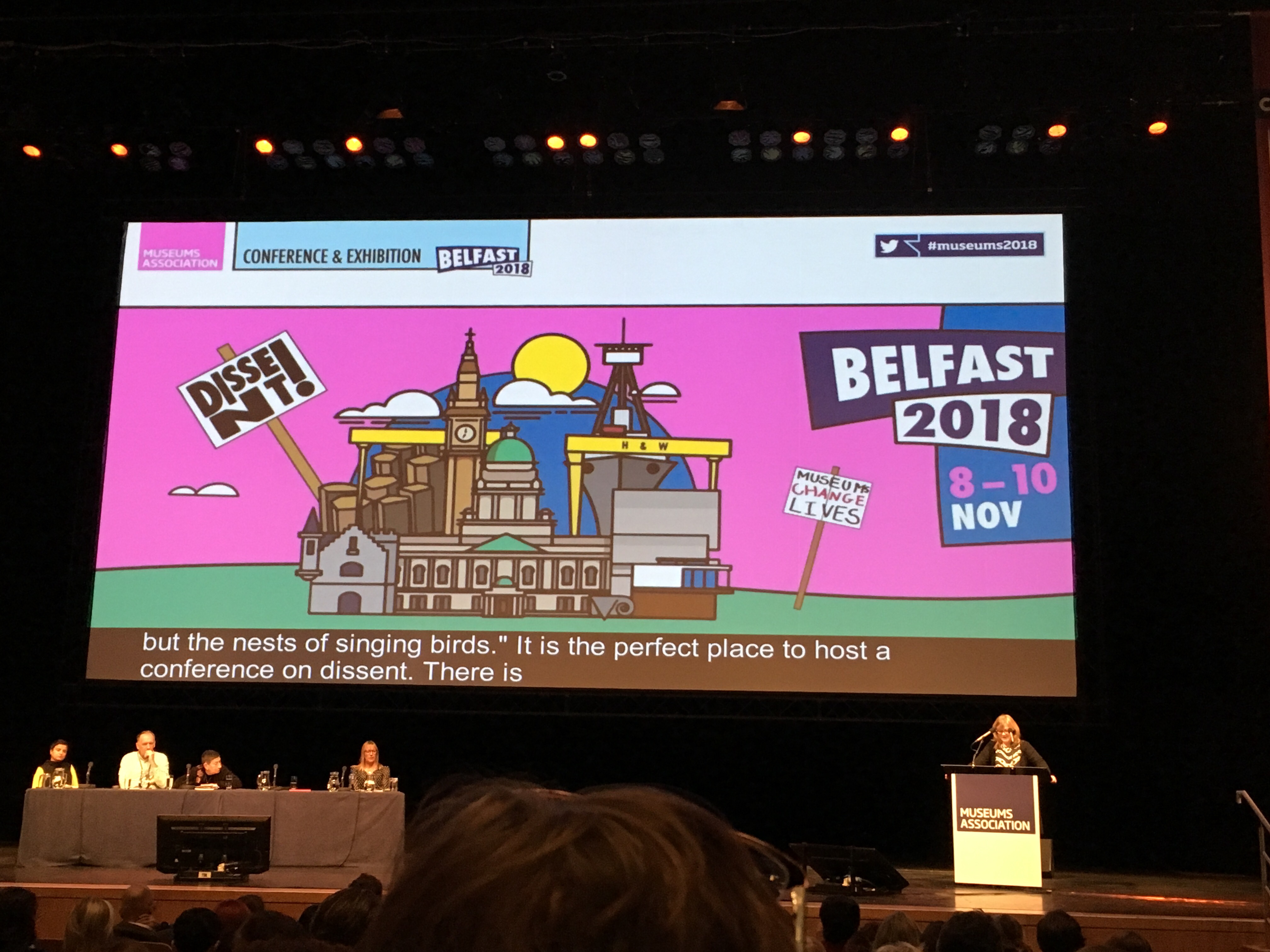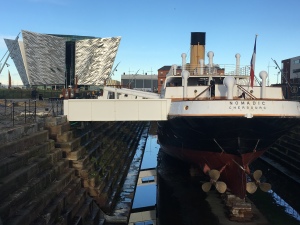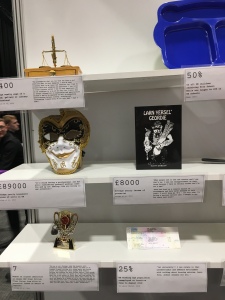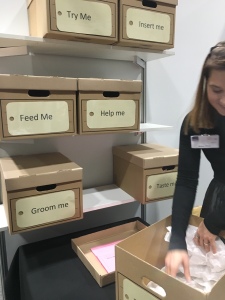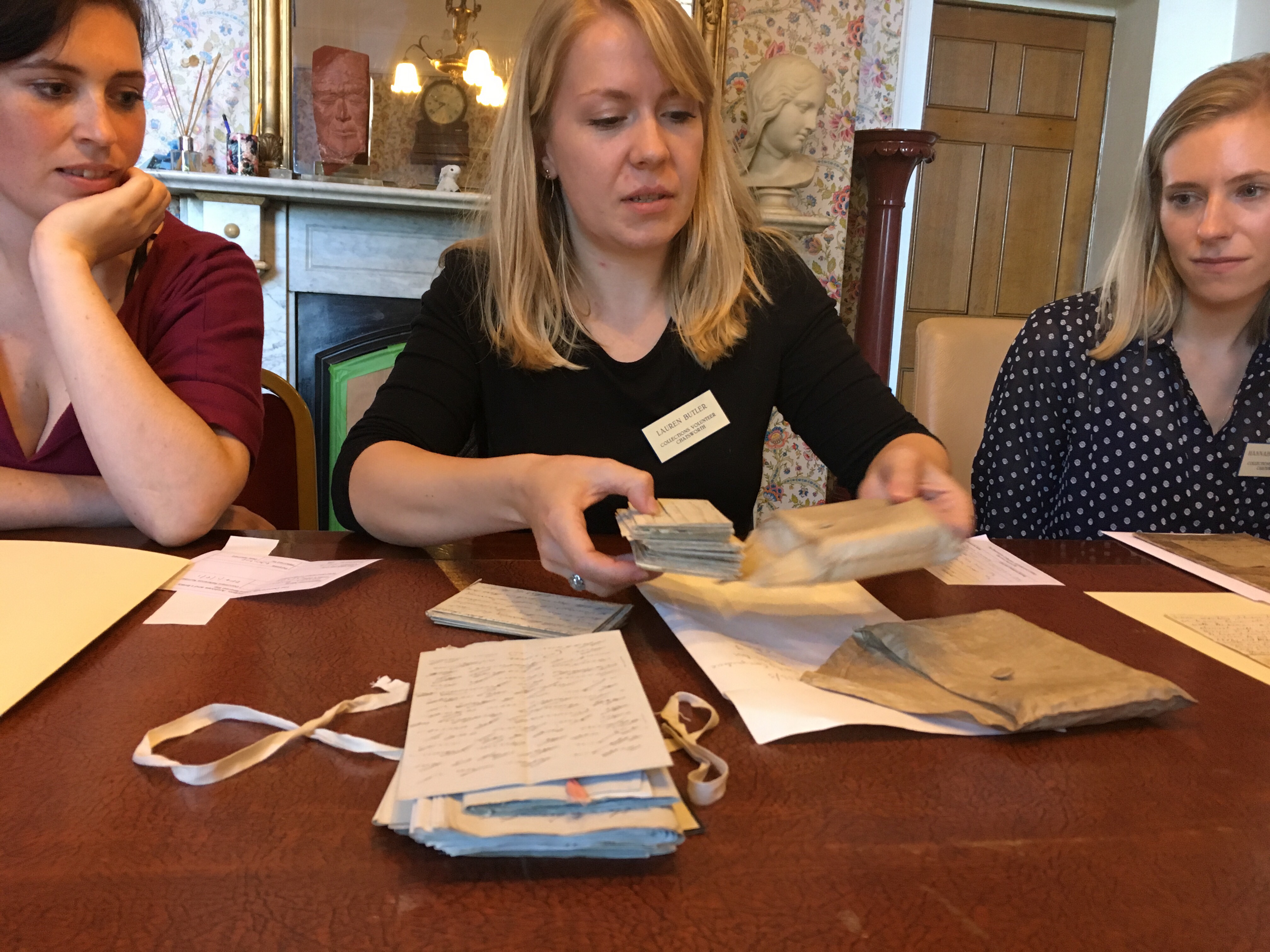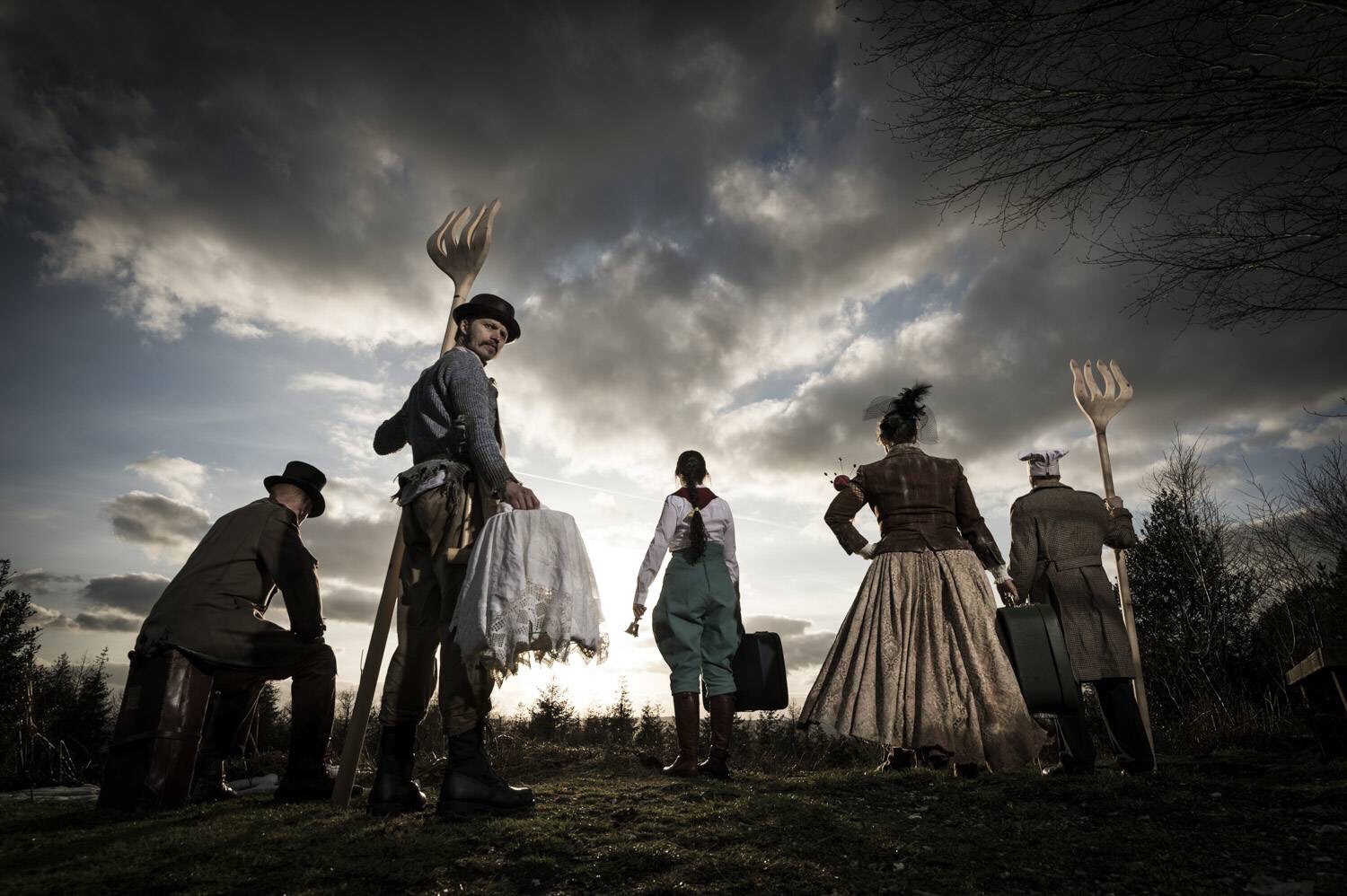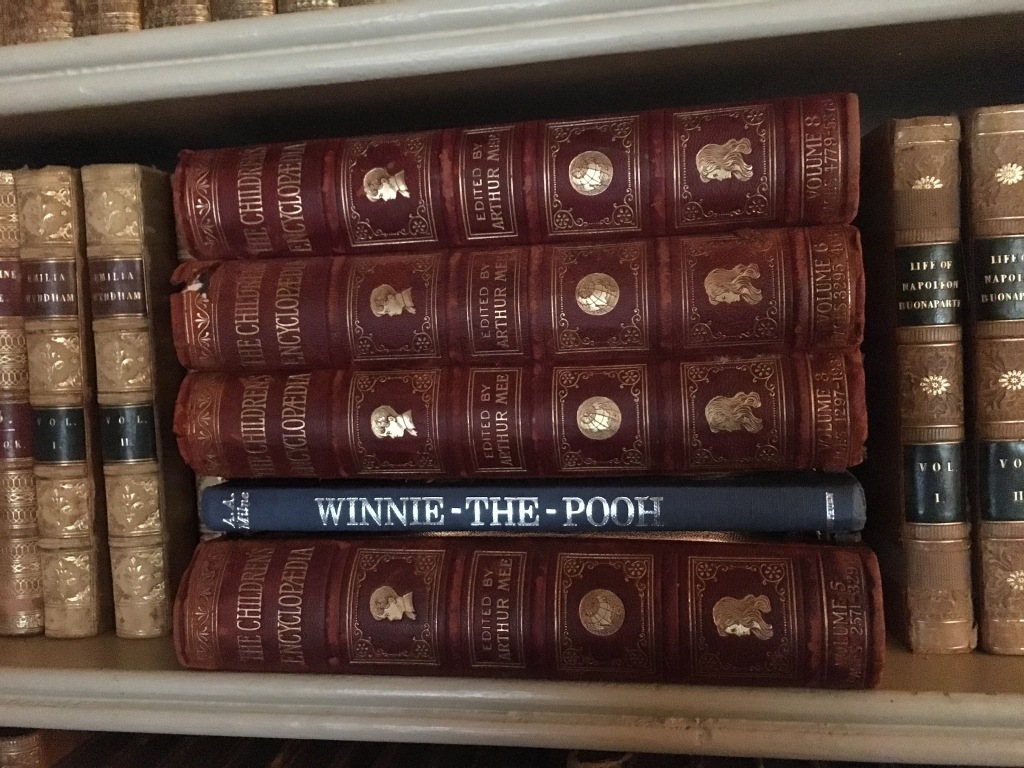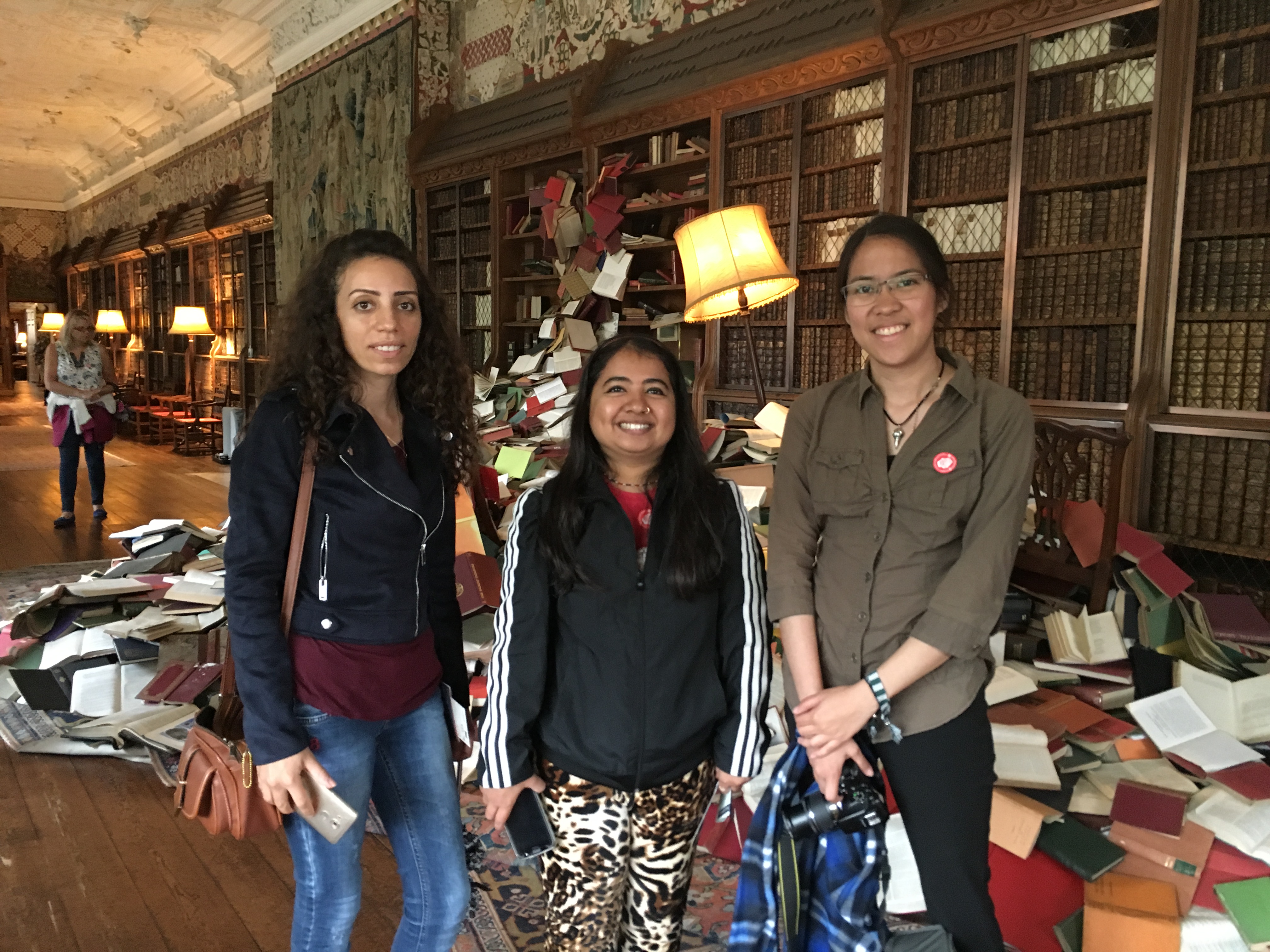On Sunday afternoon, I set foot into the Sainsbury Centre for the first time in five years. It is a place that broke me – quite literally – and it is not an exaggeration to say that I’ve been haunted by the repercussions of this ever since, physically, emotionally, and in my subsequent life decisions (including financial and employment). Going back though (with an excuse of a lovely wedding anniversary party and staying with friends over the weekend) felt like something I had to do, part of a journey of somehow putting the pieces back together, or at least packing them back into the box. I hadn’t even been back to Norwich since I sold my house and left East Anglia. In my head, in the run-up to going, the entire weekend visit had been built into something potentially pretty explosive, and I wasn’t even sure whether I would go back to the Sainsbury Centre while I was there.
I did. And memory, as I learnt on Sunday, is a strange thing. As I approached the building, full of anxiety and that butterfly feeling in the pit of my stomach (mingled (un)helpfully with a hangover), it all felt surprisingly unfamiliar. A sort of distant hallucination or a dream where some parts are far too vivid and other parts blur and drop off at the edges. This, to the extent that I could no longer visualise much about what it was like to work there, or rather, to get there, to just be there, and I had even forgotten details such as where to find the stairs to the mezzanine (wobbly), what the loos looked like (rustier), how to navigate my way round the underground exhibition space (disconnected). The familiar/unfamiliar are ideas I’ve played with throughout my whole working life, and here they were, writ large.

So as well as my curiosity in going there to see what it has become under its new director, Jago Cooper, and its subsequent 50th anniversary relaunch focussing on living art and the life force of objects (which I had heard about from former colleagues, and thought I would love), I found it even more incredible that my brain has actively deleted so much – presumably as some sort of protection. And I suppose this validated to me a bit that my trauma was real, when sometimes I have even doubted that. So you could say it was a pilgrimage of many layers… Catharsis? Closure? I’m not sure.
Anyway, my first impressions of the space (the overwhelming red bit aside), were how wonderfully visible all the learning programmes – the people, their objects and their ideas – are throughout the spaces. Two cases on either side of the welcome desk contain works by artists from what, back then, we called the ‘artists’ programme’. When I was there, display and visibility of learning programmes and any sort of engagement activity was a constant uphill battle, and any small victory felt like having won a war.

As an aside, last week, I went to the beautiful funeral of a friend and former colleague from Manchester Art Gallery, Martin Grimes. Yes, it has been a week of immense and intimate and exhausting emotions. Martin taught me many things: about wonder, noticing, gentleness, creativity, and he also shared the idea of doing ‘skunkworks’ projects – where teams of creative people just do things to see what will happen, largely under the radar. (The Mary Greg project at Manchester Art Gallery was exactly this in its early days). This approach is very much how I view much of what I enabled during my time at the Sainsbury Centre, and the artists’ programme was one such. So while I love to see this getting the visibility it needs (and the works and narratives were wonderful), I also felt the loss of something that was originally a bit secret and hidden. Which seems an interesting sort of paradox to someone who usually likes, and sees the world as, a paradox.
My visit was also thankfully, and unexpectedly, filled with friendly faces and conversations with four former colleagues, none of whom I was really expecting to see last thing on a Sunday afternoon. This distraction may have meant that I didn’t get the full welcome spiel – the pay as you feel element (wonderful), and the introduction to the new Smartify app which passed me by on this visit (but which sounds like a good thing). But what I did remember, was that it was a place where some wonderful, warm, kind humans worked, and it feels good to at least remember that part.
And of course it’s also a place with some wonderful, curious, trapped objects. I’d heard prior to my visit that Jago’s vision (very much ‘Jago’s’ vision in the conversations I’d had), was very much about the lives of objects. As someone whose PhD thesis mingles anthropology with theology and museum studies, and who has been involved in research in India entitled ‘what do objects do?’, to explore our sensory entanglements with objects in art galleries, thinking about the life behind those things, I was excited about this vision, and keen to see how/whether it pervades. It’s certainly far removed from a previous disdain for even having a vision in the first place.

It wasn’t clear from the outset that this vision is the idea that does pervade. There was no hugely noticeable different feel in the main living room space from what was there before. I’d heard/seen that visitors can now hug Henry Moore’s Mother and Child, but still felt I needed to ask permission to do so (it feels amazing). I love the idea that new life will be breathed into it through an ever-changing patina, tracing the touch of its making, adding other lives. This is what I’ve wanted of art galleries for so long. It feels slightly unhinged – in a good way probably, and while of course I did take a selfie, it made me slightly uncomfortable to do so. Rethinking the value of senses other than the visual, understanding that there are various forms of knowledge, and that imagination, experience, emotion are just as (more) valid sometimes than context is deeply exciting. Yet I still felt a bit nervous. What if…?

I explored the new Living Art red zone in the East End space. Is it red because blood (and so life) is red? I wasn’t sure. I don’t like the red at all. I’ve no idea what the materials are that have been used to build it, but it feels harsh, unsustainable, too primary. Many years ago now, I was fortunate to visit children’s museums in California and Arizona on a research trip. The best of those were the subtle ones, constructed of natural materials, muted colours, plywood, paper, string, bits of junk. The red clear plastic felt to me scientific or medical, in a way that the activities and participations within are absolutely not. I am not sure how permanent the structures are (hopefully they are not), but I found myself worrying about what would happen to all this construction afterwards.

I really loved some of the ideas though: being inside a proper museum glass case, and being stared at by myriad sculptures and portraits was surreal, playful, fun – I’m not sure it made me think of the art as living. It made me have a heightened sense of my own entrapment I suppose. Getting into a hammock (while feeling ropey) to look at a Giacometti painting and the Foster ceiling above could be a new way of thinking about the gaze, a gimmick, or both. As it was, I think I was more worried about the whole thing coming off the hooks and me splatting onto the floor. A living kaleidoscope of mirrors, hidden peep holes for looking, places to create work from simple and lovely materials. I think I liked these making spaces best. It is indeed different from what has been there before. It takes a lot of the ideas from a publication called Lie Down in the Gallery by the Young Associates with one of the Learning Managers, and shouts them from the rooftops. It is good to see the space transformed, and will be particularly fascinating to know how visitors respond, and whether the visitor demographic changes in a space where certainly five years ago, it really needed to shift if the place were to be relevant.
For me, there is much more in the ideas here than in the design.

Upstairs was a wonderful exhibition of large scale ceramic funerary vessels by Julian Stair. This was actually my highlight. This is how a gallery can and should be socially engaged and have real impact in the world. That the learning team had worked with the Cruse bereavement charity, and that local people had wanted their loved one’s ashes incorporated into his new works I found incredibly moving. And the associated works curated from the Sainsbury Centre collection, curiously juxtaposed alongside are beautifully displayed. A simple table for visitors to reflect on loss through holding a button was a really lovely and inviting activity. Little touches like this from the learning team made so central. If only I had had that sort of support. (Yes, I did at times feel weirdly jealous, weirdly as though had I not left, then things might have worked out after all. Such complex emotions from one short visit – hence this need to write a bit.)


I went (probably too briefly) to see the downstairs exhibition, Empowering Art, which focussed on indigenous art from the NW coast of America. The story of living art told over and over again. ‘If you cannot understand them, don’t worry – you are not always supposed to.’ A statement I of course love, given my predilection to unknowing, but sometimes I felt that its constant repetition was out of a lack of confidence, rather than the boldness that this new vision and way of thinking about objects publicly shouts about. It is an exhibition for learning a lot of things about a lot of things: I think a visitor needs to be in a particular mood for this sort of gallery visit, and I probably wasn’t in the right space for this. Smallpox, Potlatch laws, children’s residential schools – indigenous oppression.

The narrative tone of this exhibition really does try to resituate and reframe knowledge. I was left a bit frustrated though by some of the text: ‘At that time museums and scholars were focused in their work on the idea that the Northwest Coast culture was dying, and perhaps that it should die or that its death was inevitable. They sought to collect, study and kept it under their own terms.’ But then the curious final statement on that panel simply read ‘Modern scholars know better.’ Do they really? All of them? Surely if this were the case, we’d have seen a lot more dismantling going on in museums.
The Sainsbury Centre relaunch has also inspired two books to be published alongside it. The first, The Future of the Sainsbury Centre, is a sort of manifesto of the new vision. I don’t like this book. While I had the expectation that I would love it, I am left a bit cold. I wanted to see references. I wanted to see a less jumbled (dare I say, better written) account (it feels slightly flung together at the last minute). I wanted the idea of lifeforce not to be presented and repeated as the emperor’s new clothes, and in a way whereby repetition diminishes the claims. It all feels slightly pretentious and over-stated and without recourse even to a bibliography.
What I do love though is the Handbook for Living Art. A very simple little book in which artists, the learning team and others have come up with some ways of looking and articulated what it is that they do in their practice. It’s a beautifully designed book, simple yet complex, building on what gallery learning is and can be, articulated thoughtfully with reference to artists and thinkers, global and local.
While there, I also loved revisiting my favourite shell, about which I once ran an Object Speaks lunchtime session. And I loved seeing how something as simple as putting lovely photos on the windows of the learning studio made it so much more visible. Outside, I loved the (new) Caro sculpture near the lake in the UEA Sculpture Park, mirroring the brutalist ziggurat buildings of the campus (I wondered whether this architecture in turn seems to echo the brutal behaviour currently going on within UEA as an academic institution faced with insidious cuts, uncertainty and redundancies due to previous profligacy, the Gormleys perched on the rooftops shouting even louder than usual). Maybe that’s a metaphor too far.

So anyway, that’s my little two-penneth worth. I probably won’t go back for quite some time, but that feels fine. I’ve been, I’ve seen and I’ve survived.
(Please note that this still feels raw, and I may not reply to comments.)






